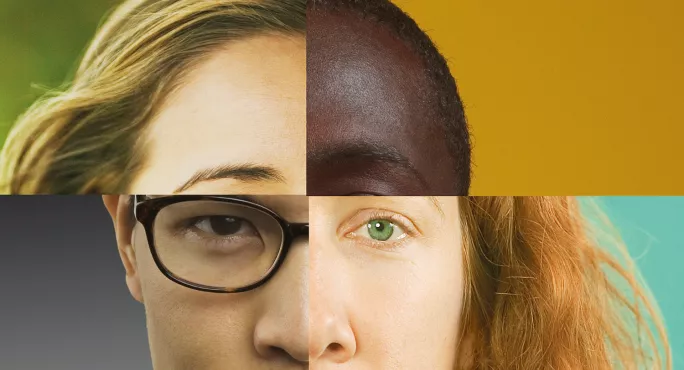“I know that there are so many types of people in the school and that we can’t all get along, but we have to be kind to each other and always be respectful!”
When a member of my Asian Culture Club said these words, that’s when I knew that I had achieved my goal.
I started the club because I wanted to give my pupils a space to find out about each other’s beliefs and worldviews.
We live in a world that is still full of hate and ignorance. It’s time to eradicate these prejudices, and instead nourish our young people to value empathy and compassion through building their knowledge about others.
Not only that, but the new guidance for the planning of your relationships and sex education (RSE) curriculum makes it clear that tolerance and equality should be a priority for teachers.
So, how do you teach children about tolerance?
The power of art
One of the ways I try to do this is by introducing artwork and photography to my students.
For instance, in one lesson I used images from the Picturing Islam, Picturing Muslims resource by RE Today - though you could just as easily find images online.
Using these images, I wanted to explore the children’s perceived ideas about Muslims and initiate conversations about diversity.
How I began
The first image I used was of people with various skin colours reaching out towards the door of the Kaaba underneath the Kiswah.
I started by asking the pupils what they thought was happening in the picture. Then, I sat back and listened.
The discussion that followed was incredible: some pupils imagined the stories behind the people in the image, while others recognised it as the “doorway to heaven”.
It led to the pupils discussing whether everyone in the image could be a Muslim, because not all of them had dark skin.
Directing the conversations
This is where I intervened. We then took a closer look at the image and broke it down step by step. During the next four sessions, the pupils investigated what the Kaaba was, and why it was so important to Muslims.
Depending on their existing knowledge of Islam, the children can then look at different aspects of the image. For instance, in this case, we thought about the significance of the ornate cloth, the journey to the Kiswah and where Muslims travelled from to get there.
It’s important you know the answers to the questions the children will ask you, so make sure you know the background to any image that you use.
For me, it is always important to share lived experiences with my pupils and starting the discussion with an image helps to do just that.
Saima Saleh is SLE for RE at Ravenscote Junior School
